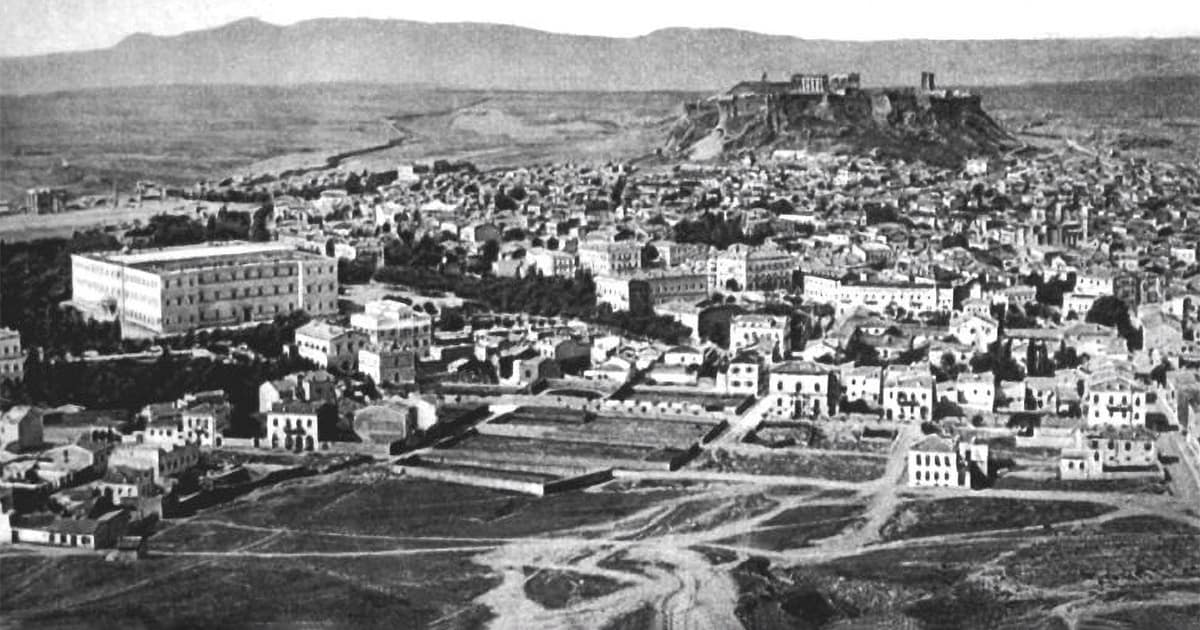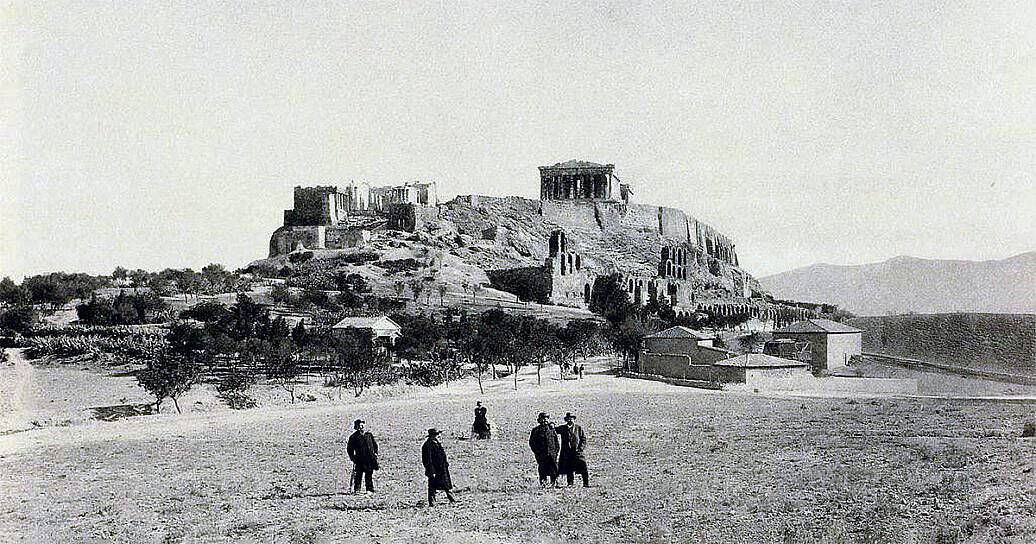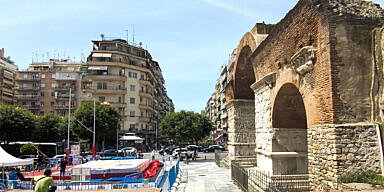When Athens was officially designated as the capital of the newly established Greek State on September 18, 1834, it was a modest village with a population of around 7,000 residents, clustered in the vicinity of the iconic Acropolis Hill. This pivotal decision followed the tumultuous events surrounding the assassination of Governor Ioannis Kapodistrias in the Peloponnesian city in 1831, which necessitated the selection of a new seat of government and the inaugural parliament’s location. During this period, Athens consisted of a landscape dotted with ancient, Byzantine, and medieval ruins, along with makeshift dwellings dispersed around the imposing Acropolis Hill.
The choice of the capital city was a complex and hotly debated matter, drawing the involvement of influential figures of the era, including politicians, architects, and city planners, all vying to shape the course of events and the ultimate decision. Various cities were proposed as potential capitals, including Corinth, Megara, Piraeus, Argos, and a revisit to Nafplio.
Ultimately, Athens emerged triumphant in this competition, officially declared the “Royal Seat and Capital” on September 18, 1834. A key factor in this decision was Athens’ illustrious historical significance as the birthplace of Hellenic Civilization. Notably, King Ludwig I of Bavaria played a substantial role in influencing this choice, given his deep admiration for ancient Greece.
However, Athens faced significant challenges in transforming from a small town into the capital city of the new Greek state. At the time, it was more reminiscent of a town with a mere 7,000 residents and just 170 conventional houses. The remaining Athenians lived in rudimentary huts. Moreover, the battles that had taken place in Athens had left behind a trail of ruins. In comparison, Patras boasted a population of 15,000, while Thessaloniki had a staggering 60,000 inhabitants.
Athens essentially sprawled around the Acropolis, encompassing an area from Psiri to Makrygianni, with its focal point being the historic Plaka district. Among the primary concerns for the burgeoning capital were the absence of a water supply system, the lack of public lighting and transportation infrastructure, and a complete dearth of social services.

Athens, Greece, 1880
To address these formidable challenges, Greece’s first king, Otto of Bavaria, entrusted the task of reconstructing the beleaguered city to Greek architect Stamatis Kleanthis and Bavarian architect Leo von Klenze. Their mandate was clear: rebuild Athens while safeguarding its invaluable archaeological sites. King Otto issued a decree prohibiting the construction of limestone structures within 2,500 meters of ancient Greek ruins to prevent any harm to antiquities.
Over the span of four years, approximately 1,000 houses were erected in Athens, many of them being makeshift and lacking a cohesive architectural or urban plan. Otto also imposed a ban on quarrying in the hills of Nymphs, Achanthos (Strefi), Philopappou, and Lycabettus. Additionally, he issued strict decrees mandating the immediate demolition of any structures constructed in close proximity to archaeological sites and those encroaching on the periphery of the Acropolis Hill. This meticulous approach aimed to preserve the city’s rich historical heritage as it evolved into the vibrant capital of Greece.
Today, Athens stands as a bustling and culturally rich metropolis, a far cry from the small village of the 19th century. With a population exceeding 3 million, it is not only the capital of Greece but also a global center for history, art, and democracy. The city has undergone extensive modernization, boasting a well-developed infrastructure, including public transportation, modern amenities, and a thriving tourism industry that attracts millions of visitors annually. While the Acropolis and its ancient treasures remain at its heart, Athens has expanded into a diverse and cosmopolitan urban hub that continues to honor its remarkable past while embracing the challenges and opportunities of the present day.



